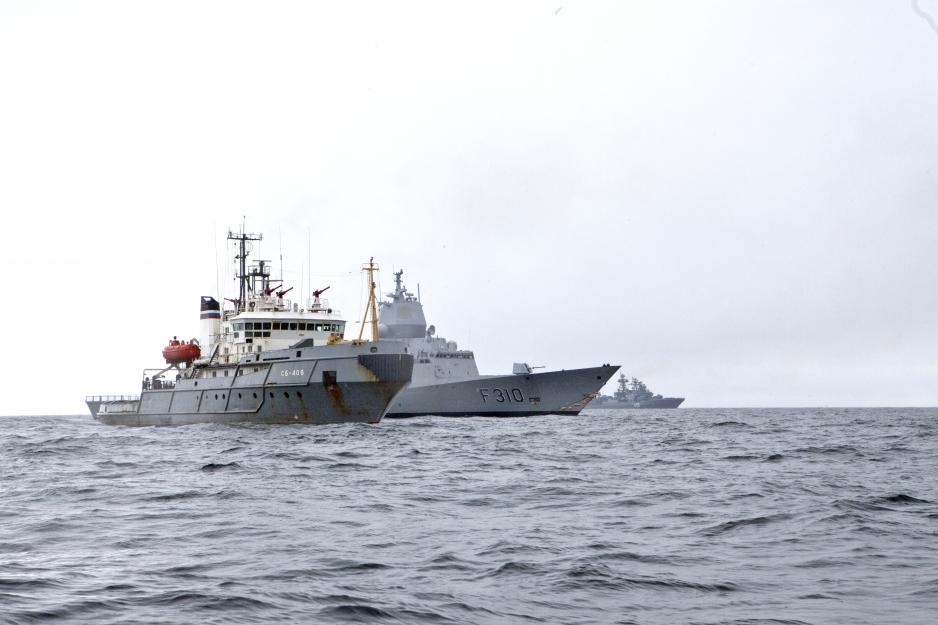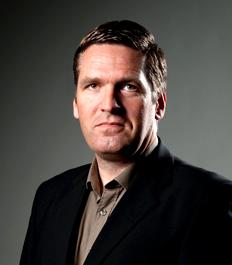- The need for confidence-building measures in the North is greater than ever

In today’s geopolitical climate there is a heightened risk for misunderstandings, which makes the need for confidence-building measures between Norway and Russia in the North greater than in a long time, says defense expert Kristian Åtland at the Norwegian Defence Research Establishment (FFI).
The bilateral military cooperation between Norway and Russia has been suspended since the Ukraine crisis in 2014. The relatively poor relationship between Russia and the West since 2014 has also affected the security environment in the Arctic. At the same time, Russia has modernized their military and defence sector over the past ten years, both in the Arctic and the rest of the country. This has contributed to mutual distrust between Russia and the West.
- In today’s geopolitical climate, where Russia’s relationship with the West in general and with NATO in particular is characterized by mutual fear, distrust and suspicion, there is a heightened risk for misunderstandings when it comes to the other party’s actions or intentions, says Kristian Åtland, Senior Researcher at the Norwegian Defence Research Establishment.
Åtland argues that military exercices or other government actions can potentially develop into a conflict because of misunderstandings.
- It is important that we use the instruments we have to avoid that something like this happens, and that both parties refrain from provocative or risky military activity, especially in the other party’s land- or sea territory and airspace, Åtland adds.
Russian defense modernization
The Russian defense has gone through a comprehensive reform- and modernization process in the last 10 years. This is a result of both a rearmament and the “radical military reform” that was started in 2008, according to a recent FFI report. The Russian defense budget has nearly doubled over the last ten years. Russia has also gained valuable experience through the conflicts in Georgia and Syria.
- What does the military modernization in the Russian North look like compared to the rest of the country?
- The High North is primarily a naval base area, says Åtland.
He explains that the modernization of the Russian naval fleet, especially the nuclear part, has been a key priority in the modernization process. A large part of Russia’s naval nuclear weapons are situated in the Arctic, on the Kola Peninsula.
- There is nothing suggesting that the Barents Sea region will become less important as a area for naval nuclear deterrence, says Åtland.
The Russian surveillance systems in the Arctic have also been modernized, as well as military bases that are used for the more frequent military exercises in the region.
North Norway is not Ukraine
Åtland also points to the fact that the relationship between Russia and the other Arctic states is characterized by a high level of stability and predictability. He points to the cooperation between Russia and other Arctic states in fora such as the Arctic Council and the Arctic Coast Guard Forum. Nevertheless, the security landscape of the North has been affected by the general deterioration in the relationship between Russia and the West and NATO.
- Russia fears that its rights in the region can be put under pressure. The fact that the four other coastal states in the Arctic all are NATO-members is a particular source of concern, says Åtland.
However, Russia wants to avoid an “article 5 situation”, said Senior Researcher at NUPI Julie Wilhelmsen at a FFI debate on Russian military modernization at Oslo Military Society in November. Wilhelmsen underlined that Russia does not act in a vacuum, and that Russia’s actions to a large extent depends on what the West and NATO does.
The 2016 Long Term Plan for the Norwegian Defense underlines the importance of the NATO alliance in the Norwegian defense, especially in the North. “Norway is NATO in the North”, the former defense minister Ine Eriksen Søreide has pointed out on several occasions.
Wilhelmsen argues that Russia and the West’s mutual enemy image can lead to a security dilemma, where the security of both parties ends up being threatened. She underlines that Norway therefore has to be cautious when deciding to build up the defense to match a Russian threat. “Deterrence has to be matched with reassurance”, she said in her presentation.
The need for confidence-building measures
Åtland underlines the importance of confidence-building measures in the Arctic in order to avoid a possible conflict.
- Military exercises should be announced in advance, and observers should be invited where it is natural. Openness or transparency can contribute to building confidence on a bilateral and regional level, adds Åtland.
He also adds that it is positive that the Joint Headquarters in Bodø still has a 24/7 operative hotline to its colleagues at the Northern fleet in Severomorsk. The Norwegian-Russian agreement Incidents at Sea from 1990 also provides important guidelines for actions on an over the open sea.
- Also the people-to-people cooperation in the Barents region, as well as the “soft security” cooperation with Russia in the coast guard, border protection and search and rescue contributes to maintain the regional stability and build trust between the East and West, says Åtland.
Les artikkelen på norsk

